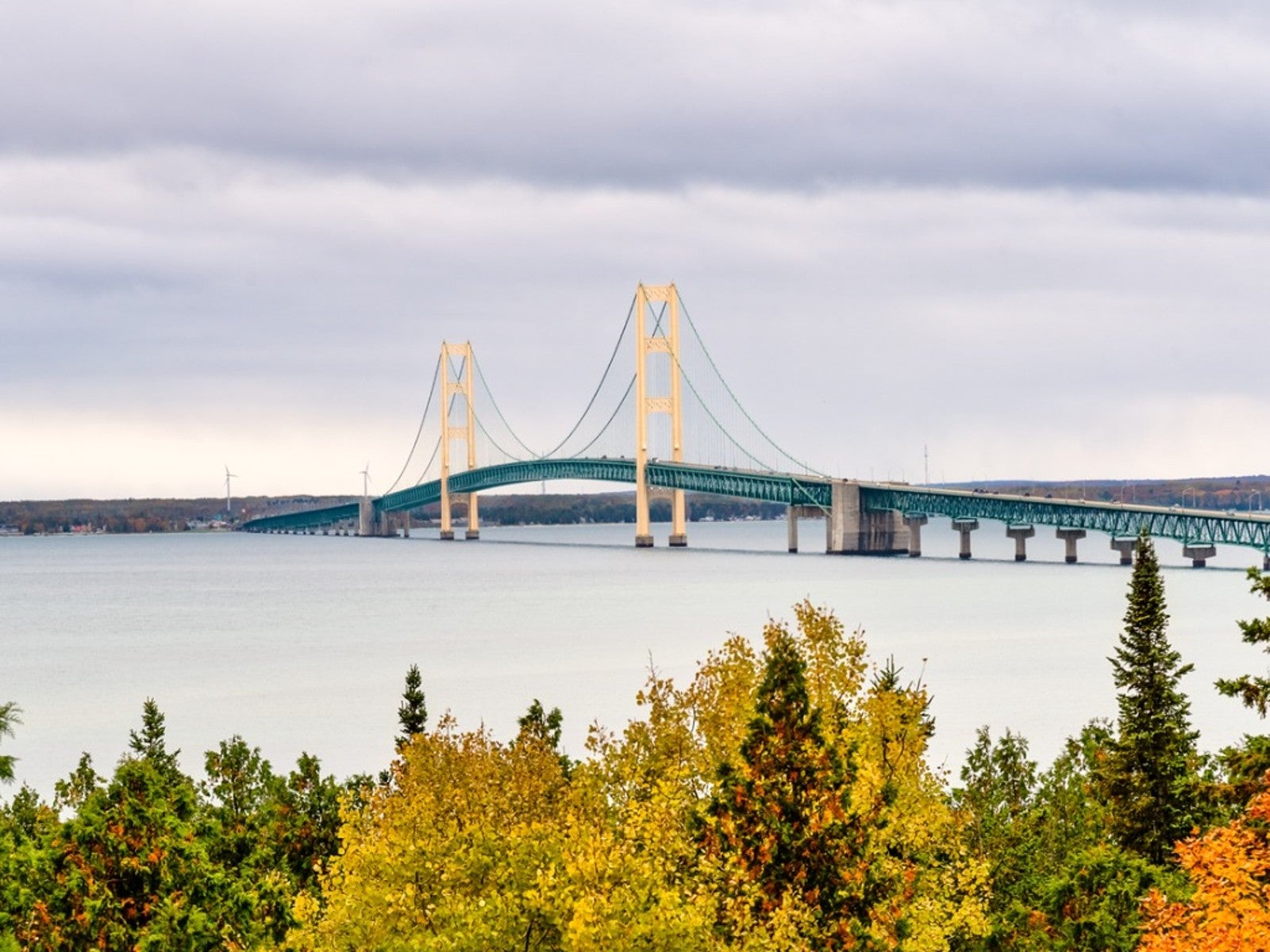Gardening In Northern Michigan And The Upper Peninsula


Attached to Wisconsin on one end and surrounded by the Great Lakes, the Upper Peninsula (U.P.) of Michigan is a truly unique place. It is largely rural and remote and home to some spectacular native species that local gardeners enjoy for their hardiness and low maintenance needs.
Weather and Climate in the U.P.
The Upper Peninsula growing zones vary across the region, including USDA zones 3 through 5. Since it’s surrounded on three sides by the Great Lakes, the U.P. enjoys a variety of weather. In general, the region is cold but temperate. The climate is largely humid with plenty of rain and snow.
What most challenges U.P. gardeners is, of course, the cold. The growing season here is shorter than most of the Lower Peninsula of Michigan. However, because of the lakes that keep the climate temperate, the U.P. isn’t as cold as it could be for its latitude. The average last frost of spring is around May 15th and the first frost in the fall is early to mid-October.
The Best Plants for Northern Michigan
If you know your USDA zones, which again, can vary significantly in the U.P. depending on location, choose plants hardy in that zone. Gardeners can also rely on northern Michigan native plants for easy options.
Native plants occur naturally here and are therefore able to survive the cold, long winters and tolerate the usual changes in weather from season to season. Native species require less maintenance, support local wildlife, and are usually less expensive.
Many pretty perennial flowers are native and grow well in the U.P. These include:
- Rough blazing star
- False Solomon’s seal
- Black-eyed Susan
- Wild blue flag iris
- Big-leaved and smooth aster
- Blue vervain
- Purple and early meadowrue
- Wild columbine
- Swamp milkweed
- Fireweed
- Sand coreopsis
- Harebell
Native shrubs and vining plants include:
Sign up for the Gardening Know How newsletter today and receive a free copy of our e-book "How to Grow Delicious Tomatoes".
For something a little different try native ferns, sedges, and grasses:
- Maidenhair fern
- Ostrich fern
- Interrupted fern
- Fox sedge
- Tussock sedge
- Big and little bluestem
- Switchgrass
- Northern sweetgrass
Trees of the Upper Peninsula
If your garden is a blank slate, or you just want more trees, choose species that are native and hardy enough to thrive in this region. These are some popular northern Michigan trees used in landscaping:
- Paper birch is a classic northern tree with smooth white bark
- Serviceberry is a small tree with ornamental flowers and berries
- Red and sugar maples are large trees with spectacular fall color
- Red oak is another grand tree that grows well in northern climates
Vegetable Gardening in the U.P.
There are plenty of native species available for Upper Peninsula gardeners. You can create a beautiful garden with these plants and maybe a few non-native, non-invasive but hardy species.
More challenging in the U.P. garden is growing vegetables. The summers are certainly warm enough, but you will have a shorter growing season. Take steps to extend the growing season and to get the most of your garden:
- Start seeds indoors in early spring when possible.
- Take advantage of cool-weather vegetables and plant them both in spring and fall for a double harvest.
- Use row covers on the edges of the growing season.
- Use cold boxes or a greenhouse.
When planning a U.P. garden, it’s important to understand the climate in your local region. There is a lot of geographical and weather variety throughout the area, from lakeshores and marshes to woodlands and rocky soils. Know your garden, soil, and local ecosystem to make the most of your Up North garden.

Mary Ellen Ellis has been gardening for over 20 years. With degrees in Chemistry and Biology, Mary Ellen's specialties are flowers, native plants, and herbs.